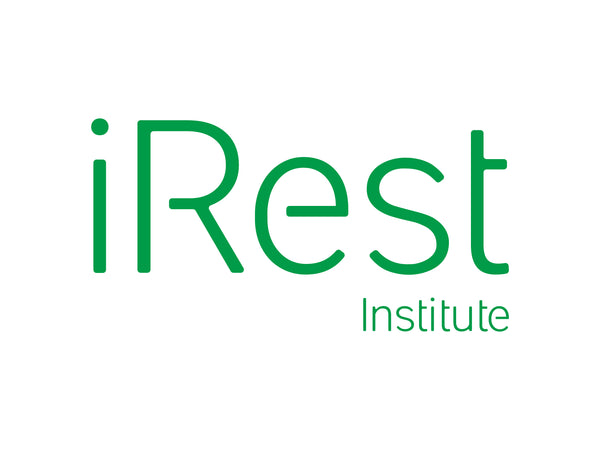
Reading Joan Ruvinsky: A Student’s Tribute
Share
For more than two decades, Joan Ruvinsky worked at the heart of the iRest family as a scholar and teacher . Prior to her passing in the spring of 2016, her commitment to nondual teachings shaped the lives of scores of students around the world. One of those people was Molly Birkholm, who has offered her review of Ruvinsky’s posthumously released book, The Recognition of Our Own Heart.
Once while sitting with my beloved teacher, Joan Ruvinsky, I asked her how I should structure my sadhana—my spiritual practice.
She laughed and waved her hand, “One cannot do practice. One must be the practice.”
Certainly, it was her extraordinary presence that taught and liberated. I sat in awe of how during time with Joan there could be so little formal practice or verbal teaching, while the depth of her transmissions felt as if they were infused into my cells in such a way that they became me. While Joan’s measured words were wise and illuminating, she herself would say that they were irrelevant, really. Joan’s teachings were an experience of Being—direct perceptions into the nature of Reality.
Now, imagine if you will, that after receiving a terminal cancer diagnosis, Joan decided to spend the last months of her life meticulously giving birth to a creative expression of an ancient, little-known Kashmir Shaivist text called Pratyabhijnahrdayam. This is the importance of this work. This is the importance of Joan’s recently published book, The Recognition of Our Own Heart. The pages of this book hold the quintessence of Being as experienced through the prism of Joan’s rare perception. The text is a poetic and immersive heroine’s journey through the dance of creation—becoming embodied, exploring the changing physical realm, discovering how to recognize the unchanging Self, and then merging again with the Source. Together with three of the souls closest to her, Joan created not just a translation, but a vehicle to transmit the essence of this sacred text.
Opening the book invites us into a direct experience of the meaning of the work. Her commentary begins with two pages sharing a straight translation of the text. Just this. Next, each verse is paired with a visual meditation, elegant black-and-white nature images as originally seen by photographer Peter Bowers. Following this are commentaries on the text by Joan. These insights simultaneously offer down-to-earth, real-world-applicable, and paradoxical philosophical musings that drive the reader into the nondual essence of this teaching. The book then concludes with practice invitations, which can be used to explore the offerings in meditation and daily life. Joan felt like this is a text “one can live” while “allowing the mystery to communicate itself.”
The physical book is a part of the experience. Joan pored over every detail of this creation—from the thick, glossy paper to the spacious margins. One’s gaze is drawn inward to the page, just as the words invite us to gaze inward. While one can, of course, call this physical object a “book,” opening it offers an invitation to explore transcendence. At the heart of true communication is communion—a gift that is infused on every page. It does not matter which page, really. Any page will do.
What is inscribed on the pages of The Recognition of Our Own Heart is a requiem of the highest order, an act of remembrance of our true nature, and a remembrance of a woman whose presence continues to illuminate. I cannot help but feel that these words were the wave that Joan rode out on as she transcended the body she occupied in this precious human life. This book is her final act of generosity while in the body. It is an invitation to live the other world in this world and an invaluable roadmap for the “pathless path” through life.
